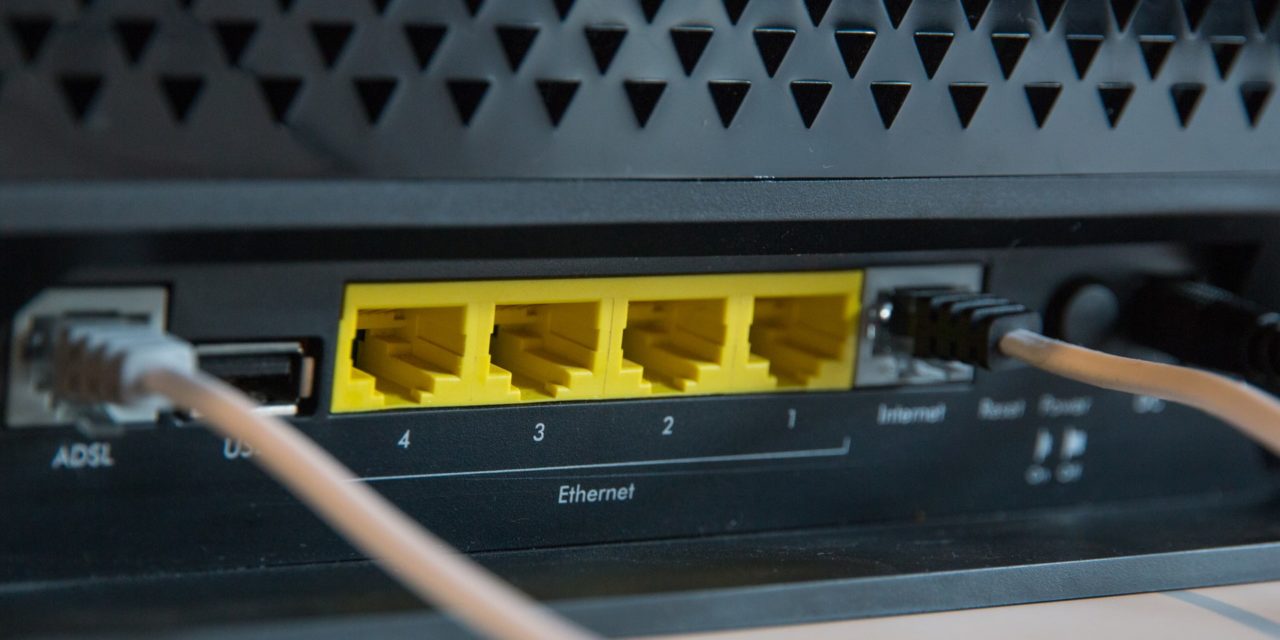[ad_1]
Q1. What is OSPF Router LSA?
Answer: It is also called Type-1 LSA. A router running OSPF creates a Type-1 LSA to describe its interface IP addresses and costs. When starting OSPF, the router creates a Type-1 LSA to describe its links.
Q2. Why Type-1 LSA?
Answer. Hosts attached to routers need to learn each others' network addresses and how to reach them. One alternative is static routing. But that won't scale when the number of routers increases. With OSPF, every router creates its own Type-1 LSA and floods it. As a result, routers in an area are able to discover other routers' interface addresses and learn the same knowledge of network topology. This allows routers to calculate routing paths correctly.
Q3. What is Link ID in Router LSA?
Answer: Type-1 LSA describes each link with a Link-ID, which is represented by Router-ID, interface IP address, or subnet address. Let's review a case study to see how Link ID works. In the companion simulation topology, R3 has three interfaces.
Interface 1: R3 is connected to R11 by a serial link.
Interface 2: R3 is connected to R1 by an Ethernet link (a multi-access subnet.) R3 is elected as DR.
Interface 3: R3 is connected to a host subnet. No OSPF router is attached. Their Link ID values are specified as follows:
Interface IP address Link ID Link type Description
#1 S0/0 1.1.1.1 1.1.1.1 Point-to-point Link ID is the Router ID of the connected router (R1)
#2 E0/0 10.1.1.1 10.1.1.1 Transit network This subnet has OSPF routers. Link ID is DR's IP.
#3 E0/1 192.168.1.1 192.168.1.1 Host network This subnet has no OSPF router. Link ID is subnet address.
Q4. What are VEB bits in Type-1 LSA?
Answer: V=1 if this router uses virtual link to set up full adjacency with anther router. E =1 if the Type-1 LSA is created by an ASBR. B=1 if this router is an ABR.
Q5. How is routing table affected by Type-1 LSA?
Answer: After a Type-1 LSA is flooded, routers use its IP addresses and costs specified in Link IDs to calculate routing paths. and update their routing tables. That is, IP addresses specified in Type-1 LSAs are reflected in routing tables' destination addresses. This can be verified in LSDBs and routing tables in the topology of the companions simulation.
Q6. What is Type-1 LSA's flooding scope?
Answer: With the area.
This article is the FAQ of an interactive OSPF simulation: Router LSA. See External links.
[ad_2]
Source by Ishun Chang

